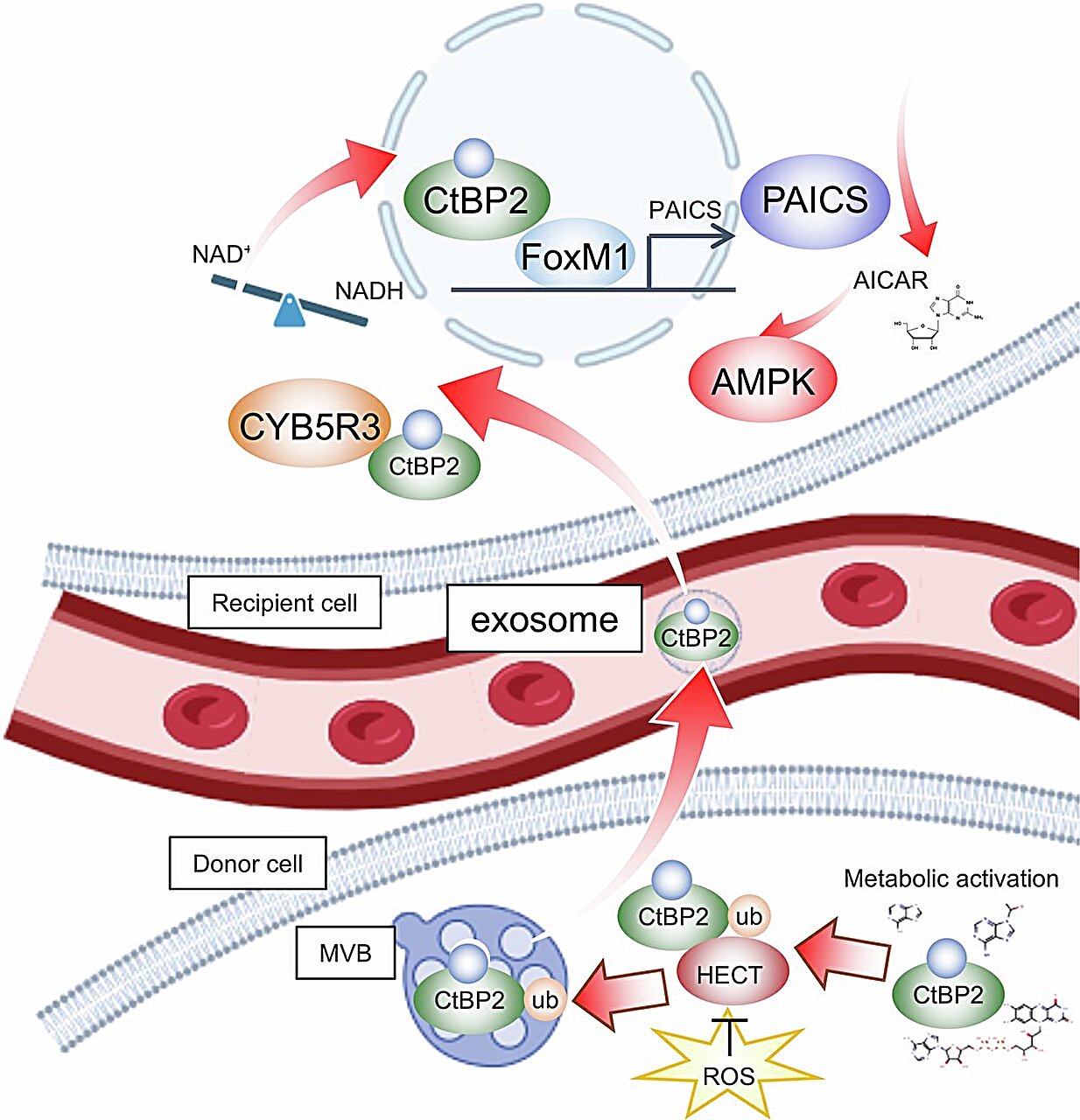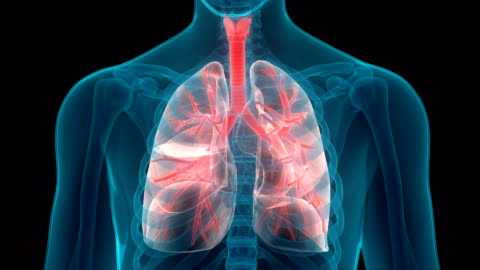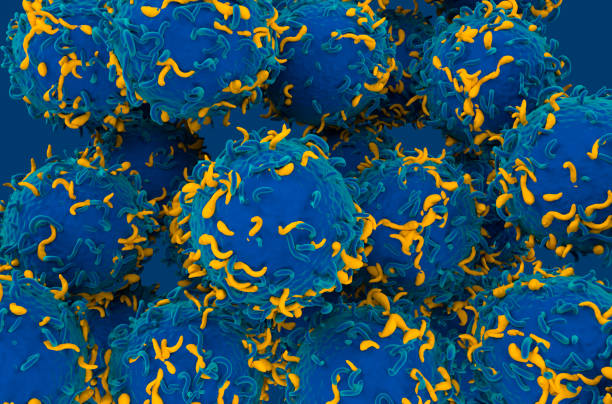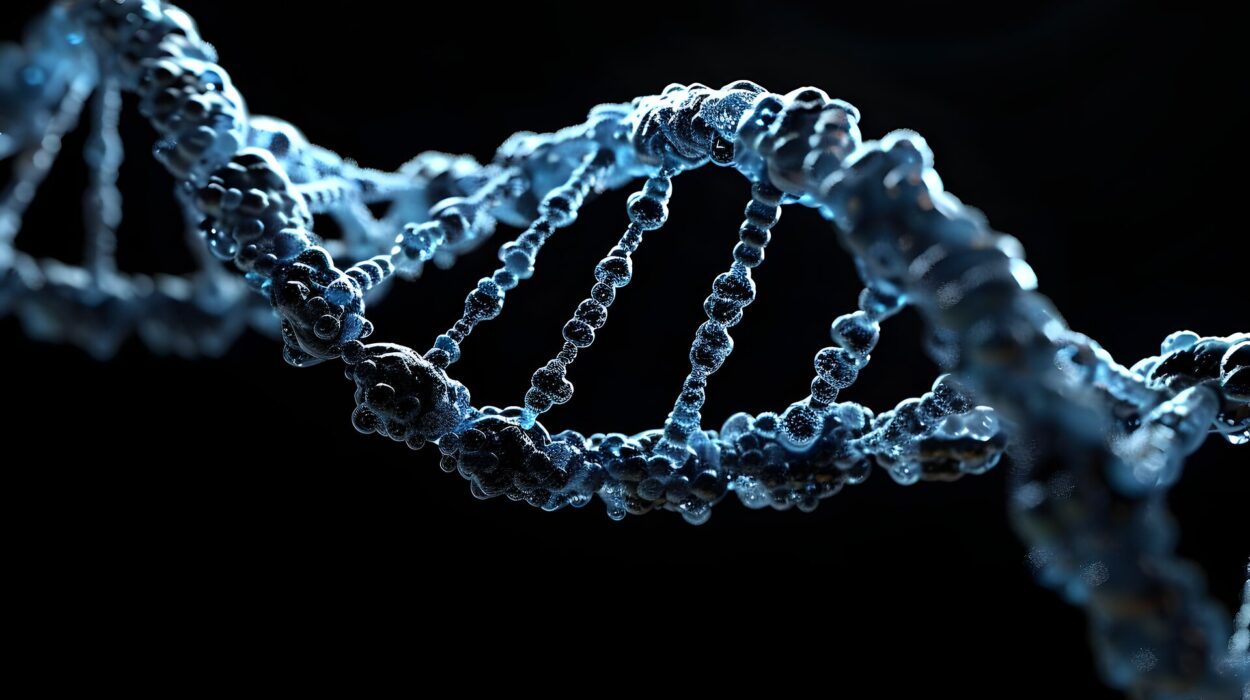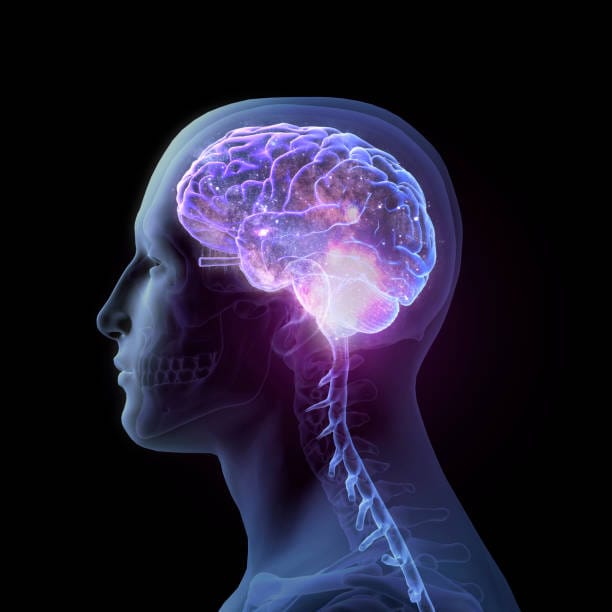Aging is a universal truth — a quiet, steady rhythm that underlies every heartbeat, every breath, every sunrise witnessed through the years. It begins long before wrinkles appear or hair fades to silver. Deep inside the body, in the hidden machinery of cells and molecules, time leaves its mark. While we often see aging as an external transformation, science reveals that it is a deeply systemic process — one that affects every organ, every tissue, and every cell in harmony.
For centuries, humanity has tried to understand why the body grows old. Why does the skin lose elasticity? Why do organs weaken? And why does the pace of life itself seem to slow? Modern biology has come closer than ever to answering these timeless questions. Now, new research from Japan’s University of Tsukuba suggests that a small, unassuming molecule might play a central role in the body’s overall aging process — and could one day hold the key to a longer, healthier life.
A Hidden Connection Between Skin and Organ Aging
When we look in the mirror and notice fine lines or dull skin, we are often witnessing more than cosmetic change. These visible signs reflect what is happening deep inside the body. Studies have shown that the same biological mechanisms that cause the skin to age are also at work in the heart, liver, brain, and other organs. Aging, it seems, does not occur in isolation — it unfolds systemically, like a domino effect linking every cell to every other.
This interconnected nature of aging raises an intriguing possibility: if scientists could uncover what coordinates this process, they might find a way to slow aging not just in one part of the body, but everywhere at once. That search has now brought attention to a molecule called CtBP2 — a protein that may be one of the body’s most important messengers of health and longevity.
The Discovery of CtBP2: From Metabolism to Longevity
The story of CtBP2 began not with aging, but with obesity. Researchers at the University of Tsukuba were studying how the body manages metabolism — the chemical reactions that turn food into energy. They focused on CtBP2, a molecule known to act as a “sensor” that responds to metabolic changes. Previous studies had already shown that CtBP2 activity drops in individuals with obesity, contributing to metabolic syndrome, a condition linked to diabetes, heart disease, and premature aging.
But what the Tsukuba team discovered next was astonishing. In their new study, published in Nature Aging, they found that CtBP2 doesn’t just work inside cells — it is also secreted into the bloodstream when activated. This means CtBP2 acts not only as a local regulator but as a systemic communicator, influencing tissues and organs throughout the body.
In other words, CtBP2 appears to be part of the body’s internal “communication network” that keeps metabolism and aging synchronized. When CtBP2 activity is strong, metabolism improves, energy flows efficiently, and cells remain healthy. When this system breaks down, however, the result is a ripple effect of dysfunction — slower metabolism, organ decline, and the visible and invisible signs of aging.
The Molecular Messenger of Health
To understand just how powerful CtBP2 might be, the research team developed a method to measure its levels in human blood. The results painted a compelling picture. They found that CtBP2 levels naturally decline with age. Individuals in their 20s and 30s had higher concentrations, while older adults showed significant decreases.
Even more strikingly, people from long-lived families — those who live well into their 90s or 100s — tended to have higher levels of CtBP2 in their blood compared to the general population. Conversely, patients suffering from diabetes and its complications had much lower levels. These patterns suggest that CtBP2 might serve as a reliable biomarker of biological age — a measurable indicator that reveals not just how many years someone has lived, but how well their body is aging.
In essence, CtBP2 may act as the body’s molecular timekeeper. When its levels are high, cells communicate effectively, metabolism remains stable, and organs function in unison. When CtBP2 fades, the symphony of life begins to lose its rhythm.
The Systemic Nature of Aging
The idea that aging is systemic — that one part of the body ages in coordination with another — is not new, but CtBP2 provides a tangible molecular explanation for how this might occur. It suggests that when one organ’s metabolic efficiency declines, this information spreads through signaling molecules like CtBP2 to other parts of the body.
Imagine the body as a vast orchestra, where each organ plays a part in maintaining the harmony of health. CtBP2 may be the conductor — ensuring that every instrument, from the skin to the heart, plays in time. When this conductor weakens, the music of life grows dissonant. Energy falters, cellular repair slows, and the visible signs of aging begin to appear.
By restoring or enhancing CtBP2 activity, scientists believe they might one day help the body “retune” itself — improving not just appearance or single-organ function, but overall vitality.
A New Era in Anti-Aging Research
The implications of this discovery are profound. If CtBP2 levels can be measured accurately, they could serve as a new biomarker for evaluating biological age — giving doctors a tool to assess a person’s internal health beyond what standard medical tests reveal. Unlike chronological age, which merely counts the years, biological age reflects how well the body’s systems are functioning.
This could revolutionize healthcare. A simple blood test might one day indicate whether a person’s body is aging faster or slower than average. It could help identify risks for age-related diseases before symptoms appear. More importantly, it could guide lifestyle or therapeutic interventions — such as diet, exercise, or medication — aimed at maintaining or increasing CtBP2 levels.
The research also opens doors for entirely new anti-aging strategies. If scientists can find safe ways to stimulate CtBP2 secretion or mimic its effects, they might be able to slow systemic aging, boost metabolism, and extend healthy lifespan. Such therapies would not target a single organ but rejuvenate the body as a whole.
CtBP2, Longevity, and the Future of Health
The discovery of CtBP2’s role in systemic aging echoes a broader truth emerging from modern biology: the body is not a collection of isolated parts but an interconnected whole. Aging is not just the result of cellular wear and tear, but of communication breakdown — when the dialogue between organs and tissues begins to falter.
By uncovering molecules that maintain this dialogue, like CtBP2, scientists are moving closer to a future where aging might be understood, monitored, and perhaps even managed. While we are far from an elixir of eternal youth, this research marks a step toward something far more realistic — the possibility of living longer and healthier, with organs that remain strong, minds that stay sharp, and energy that endures.
In this light, CtBP2 is not merely a molecule; it is a messenger of balance, a reminder that longevity begins within the invisible connections that unite every cell of our being.
The Promise of a Healthier Tomorrow
The Tsukuba team’s work brings hope that one day, the process of aging may no longer be an inevitable decline but a condition we can understand and influence. The ability to measure CtBP2 levels could soon become a vital tool for tracking our biological wellness, much like cholesterol or blood sugar.
And perhaps, in time, medical science will find ways to encourage the body to sustain youthful levels of CtBP2 — not to defy nature, but to work with it, extending the harmony of life’s symphony for a few more beautiful measures.
Aging may be inevitable, but how we age — how gracefully, how healthily, how long — is a question biology is finally beginning to answer. Through molecules like CtBP2, we may one day learn not only to add years to life but life to years, ensuring that the music of existence plays on with clarity and strength for generations to come.
More information: Motohiro Sekiya et al, The secreted metabolite sensor CtBP2 links metabolism to healthy lifespan, Nature Aging (2025). DOI: 10.1038/s43587-025-00973-4
